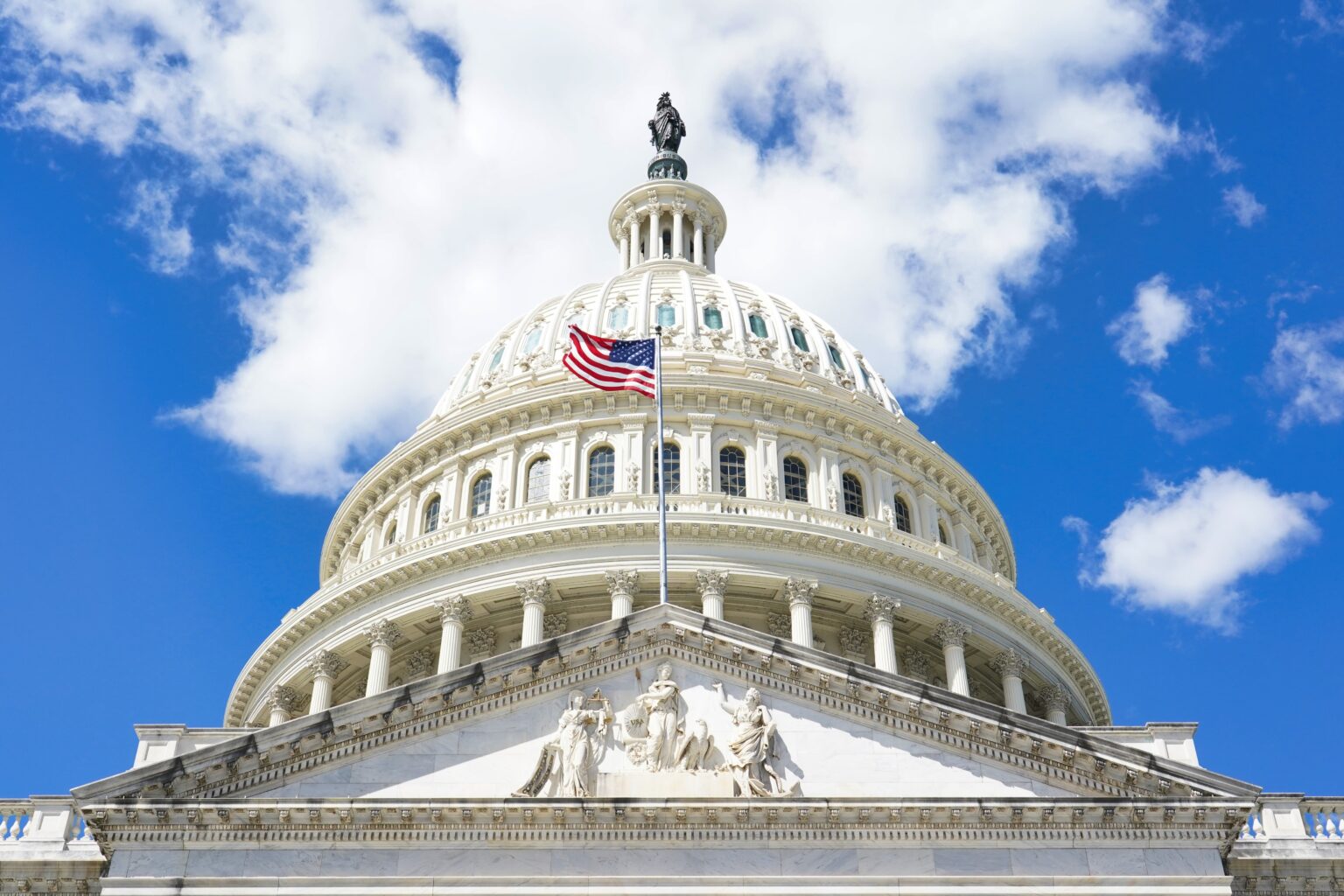The United States faces one of its most prolonged federal shutdowns in history, inching closer to surpassing the 35-day record set during President Donald Trump’s first term. As both parties dig in, the effects ripple across federal workers, essential services, and the broader economy. Democrats demand protections for Americans at risk of losing healthcare coverage, while the Trump administration leverages the shutdown to advance its priorities.
Mounting Toll on Federal Workers
The shutdown, which began on October 1, has sidelined hundreds of thousands of government employees. Out of nearly 2.3 million federal civilian workers, about 750,000 are furloughed each day, according to the Congressional Budget Office (CBO). Those deemed “excepted” continue working without pay, ensuring critical services like law enforcement and air safety remain operational.
While all employees are expected to receive retroactive pay, many are now missing paychecks and facing financial hardship. The CBO estimates that paying furloughed employees costs taxpayers around $400 million daily.
Active-duty military members were briefly spared when President Trump redirected Pentagon funds to cover paychecks. However, White House budget chief Russ Vought warned that “a second reprieve looks unlikely,” adding that the administration aims to “be very aggressive where we can be in shuttering the bureaucracy.”
A recent reduction in force eliminated 4,100 federal jobs, mostly in the Treasury, Education, Health and Human Services, and Housing departments. “I think we’ll probably end up being north of 10,000,” Vought said on The Charlie Kirk Show. A federal judge has temporarily blocked the firings, citing political motivations behind the cuts.
Economic Consequences Widen
Shutdowns have historically slowed economic growth, with recovery following once the government reopens. Oxford Economics estimates a loss of 0.1 to 0.2 percentage points in GDP per week of closure — translating to as much as 2.4% if it lasts an entire quarter.
The U.S. Travel Association reported losses of $1 billion weekly as travelers cancel trips to shuttered sites like the Smithsonian museums and the National Zoo. Similarly, the Small Business Administration halted new loans, freezing $860 million in weekly support for 1,600 small businesses.
The Federal Aviation Administration has reported air traffic controller shortages in major cities, causing widespread delays in airports from Dallas to Newark. Flood insurance renewals have stalled, jeopardizing real estate closings nationwide.
Political Stalemate and Public Blame
As the shutdown drags on, political tensions deepen. Senate Majority Leader John Thune, R-S.D., stated, “We’re not conducting negotiations in a hostage situation,” signaling Republicans will not discuss healthcare funding until the government fully reopens.
Meanwhile, House Democratic Leader Hakeem Jeffries declared, “We are not going to bend and we’re not going to break because we are standing up for the American people.”
Polls from The Associated Press-NORC Center show public opinion divided: 60% blame Trump and congressional Republicans, while 54% attribute responsibility to Democrats. The administration’s suspension of $18 billion for infrastructure in Democratic strongholds, along with the cancellation of $7.6 billion in clean energy grants, has further fueled controversy.
With no resolution in sight, the ongoing shutdown is testing America’s resilience — from the wallets of federal employees to the heartbeat of the nation’s economy. As both sides remain entrenched, millions wait anxiously for Washington to restart the government and restore stability to the country.



